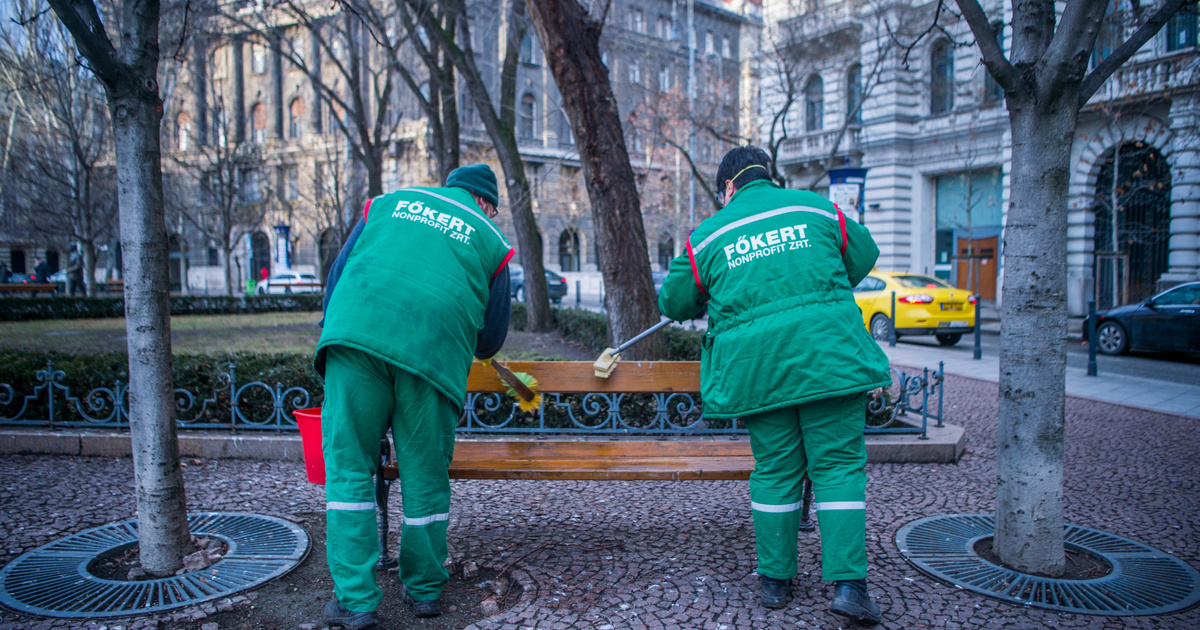On Thursday morning, Balázs Fürjes, the state secretary in the prime minister’s office responsible for the development of Budapest and the metropolitan conglomerate, wrote to Gergely Karácsony in an open letter asking, as a citizen of Budapest, that the mayor should not cancel the 153-year-old main park.
The 153-year-old main park develops and maintains 6,000,000 square meters of green space, 30,000 tree alleys, 47,000 garden trees, 8,609,583 square meters of capital’s protected areas and 1183,532 Square meters of forest area in the capital. The Green Budapest Guarantee, never ends! 🙏🌳🍀 pic.twitter.com/0npzIGGvnG
– Balázs Fürjes (BalazsFurjes) November 26, 2020
Last Friday, Christmas announced that he would start saving for himself due to the economic effects of the Coronavirus pandemic and government withdrawals to avoid austerity measures in the capital.
The new measures will include the closure of several urban management companies, such as Vienna and Berlin, whose activities will be carried out by gigaholding. Budapest City Management Holding, Főkert, FKF, Főtáv, Funeral Institute and Főkétüsz will be merged.
Christmass planned to merge the facilities by 2023, but given the capital’s financial situation, the decision was brought in.
Have you lived 153 years?
With the merger of Főkert and the other five companies, Budapest’s oldest utility service provider will cease to exist.
In 1867, the year of the settlement, the leadership of the City of Pest decided to put the establishment of urban horticulture on the agenda due to the increasing number of gardens and tree rows, with powers still being limited to Pest. In 1873, after the unification of Pest, Buda, and Óbuda, Városi Kertészet changed his name to Fővárosi Kertészet.
A second. During World War II, during the siege of Budapest, 90 percent of the parks and 40 percent of the buildings and equipment were destroyed, and it was not until 1948 that the well-kept green areas were restored to their pre-war state.
By the 1950s and 1960s, the main park had 2,500 to 3,000 employees, and its main mission was to preserve the parks and tree rows of the capital. In the 1970s this was supplemented not only by landscaping of residential areas, but also by extensive park construction work, such as the rebuilding of Városliget and Shipyard Island in Óbuda.
However, in the 1980s, the leaders of the Central Committee decided to distribute the areas managed by the main park between the regions in order to reduce costs. However, no maintenance funding was provided, so within a few years it was realized that the regions could not handle the care and development of large parks, historic parks, and playgrounds.
After the regime change, it became a municipal corporation, which still employs about 400 people today, of whom about 300 are manual workers, and an intellectual background of 90-100 people run the main park, which received nearly 4 billion forints and $ 400 million in 2020. (That’s about 1 percent of the capital’s budget.)
What will happen to green Budapest?
In addition to the many public parks, the main park takes care of the green areas of Gellért Hill, Tabán, Vérmező, Hajógyári Island, Nehru Park, Népliget, Bottomless Lake, Gesztenyéskert, Városmajor, Margaret Island and Szent István Park. is being.
In his open letter, Fürjes argues for the independence of the main park, saying that the giant company planned by the capital’s administration “will always have more attention and resources for heating, hot water supply, garbage transportation and chimney cleaning than the enrichment and care of green spaces for cleaning streets and squares.”
However, according to the mayor, the reorganization will not affect employees performing professional work, it will only eliminate the jobs he calls “payroll”.
We wanted to learn more about the fate of the employees after the main garden merged, and how much the gigaholding company intends to spend in the future on the tasks that the Main Garden performs, greening Budapest. However, for the time being, the DC press service has referred to former Jirgili Caraxone’s announcement Facebook share It is only later that reliable and detailed information about the transitions can be provided.
(Cover photo: A bench contaminated with bird droppings is being washed by F موظفيkert Nonprofit Zrt employees. At Szabadság Square on January 29, 2020. Photo: Zoltán Balogh / MTI)












































